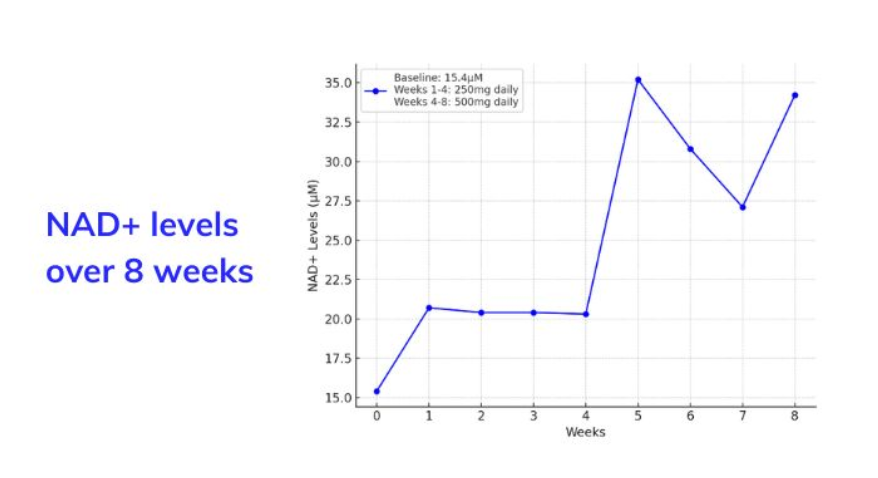The problem? NAD+ levels naturally decline with age, but this decrease is also impacted by several external factors.
Most of us moved less during winter, and that’s completely understandable. Cold weather, shorter days, and cosy nights in, make it easy to slow down.
But here’s the thing—movement plays a huge role in stimulating NAD+ production, and months of reduced activity may have slowed it down.
At the same time, darker days and artificial light exposure can throw off your sleep cycle, disrupting your body’s natural ability to regenerate NAD+ overnight.
And let’s not forget how winter impacts your immune system. Fighting off colds, flu, and other infections burns through NAD+ reserves, leaving you feeling more drained than usual.
Then there’s stress. Seasonal blues(winter blues), lack of sunlight, and increased cortisol levels can accelerate NAD+ breakdown, making it even harder to feel energised.
If constant fatigue has been following you into spring, your NAD+ levels might be running low. The good news? You can restore and sustain your energy with the right steps.






